
 Children’s yoga is more accessible than ever before since schools and day cares are adding the practice to their curriculums. With the increase in demand comes a strong need for new teachers.
Children’s yoga is more accessible than ever before since schools and day cares are adding the practice to their curriculums. With the increase in demand comes a strong need for new teachers.
Tips for Teaching Children’s Yoga
Whether you have your children’s teaching certificate already or are currently working on it, we put together our top tips for teaching kids.
Enjoy their company.
Being able to connect with your students is a key requirement for a good yoga teacher. It applies just as much when you teach young children, and you can only build a true connection if you like being around them. Teaching children requires a different mindset and level of patience than teaching adults, and it’s usually easier for people who love spending time with children.
Awaken your inner child.
 When teaching young kids, it’s important not to take yourself too seriously. Kids learn through play, and you can’t teach them to play without practicing what you preach. This will quickly enable them to relate to you and to trust you.
When teaching young kids, it’s important not to take yourself too seriously. Kids learn through play, and you can’t teach them to play without practicing what you preach. This will quickly enable them to relate to you and to trust you.
Tell a story.
While it is true that children are open-minded and receptive, they often have a short attention span. In order to keep them engaged, you need to give them something to look forward to. A story does just that – it encourages children to participate actively and enthusiastically, and also awakens their imagination.
When you’re planning a kids’ yoga session, try to focus on an asana sequence that tells a story. Some poses naturally lend themselves to storytelling (like Tree Pose – “imagine reaching for the sun, your roots growing deep into the ground,” or Lion Pose – “hear the mighty roar with each breath out”) and for others… you might just need to get creative. Remember, for the purpose of telling a story, you can even give asanas new names the kids can relate to.
Always have a plan B.
When you’re teaching adults, you might prepare your class centering around a particular theme. Session planning is a great tool that will help you advance as a teacher. This is also true for planning children’s yoga classes, but it requires a slightly different approach.
When kids are involved, things are subject to change. And sometimes, they change very quickly, forcing you to improvise. That’s not to say you have to completely abandon your session plan, but it might mean you have to take a detour. In short, be prepared to wing it!
Honor the principles of yoga.
Making a children’s yoga session into a fun game is a fantastic strategy. However, it’s also important to educate your little students about the core principles of this practice. Take time to talk to the kids about the history of yoga, the reasons we practice, and the things we try to achieve through yoga.
And by talk we mean exactly that. Instead of simply giving them information, have a discussion and encourage the children to ask questions (be ready for some weird ones, too!). Depending on the age group, you may be able to go into more detail, or dedicate more of your lesson to this discussion. You don’t necessarily have to do this every session. As long as you do it regularly, your students should have a solid idea of what yoga is about.
Teach them to slow down.
As a children’s yoga teacher, you are not only teaching them to move, you’re also teaching them to embrace stillness. At the start of each lesson, take a few minutes to focus on breathing. You might frame it as a discussion or even as a game. Let the kids imagine that their belly is a balloon as it expands, or draw their attention to the sound of their breath.
Beginning and ending each class with defined elements like breath work and relaxation will help to create a sustainable routine, provide the kids with a sense of familiarity, and teach them to slow down. No matter what, don’t ever skip the final relaxation, even if the kids are a little restless. Before you know it, Savasana will become their favorite part of the class.
Be patient.
 Just like adult students, every child will have a unique experience with yoga. From a purely physical standpoint, some kids will be more flexible, some kids will have a better sense of balance, and some will be able to progress faster than their peers.
Just like adult students, every child will have a unique experience with yoga. From a purely physical standpoint, some kids will be more flexible, some kids will have a better sense of balance, and some will be able to progress faster than their peers.
Same applies to the mindfulness practice. Some children will be able to easily engage with it, while others might find it difficult to stay still, or to maintain focus. That’s perfectly fine! Remember, kids are just miniature visions of us, and just like us, they have complex emotions, and they come from a variety of backgrounds. Take that into account and be patient. It pays off for you and for them, we promise.
Interested In A Children’s Yoga Teacher Training Class?
Check out our new offering from YogaRenew!



 Letting go is a simple phrase, but the instruction isn’t. Even for the most seasoned yoga practitioners, relinquishing control, detaching from sense distractions, and demonstrating faith is a constant, daily practice that can ebb and flow between graceful diligence and downright frustration. The following paragraphs offer another perspective of letting go, plus suggestions for teaching this topic in a yoga class.
Letting go is a simple phrase, but the instruction isn’t. Even for the most seasoned yoga practitioners, relinquishing control, detaching from sense distractions, and demonstrating faith is a constant, daily practice that can ebb and flow between graceful diligence and downright frustration. The following paragraphs offer another perspective of letting go, plus suggestions for teaching this topic in a yoga class. LettingSo how does this all translate to an āsana practice? Yogic postures are tools for shifting our awareness from the actions of our bodies to the energetic levels of our souls. The reason why the postures should be steady (sthira) and comfortable (sukha) is so we can maintain them for meditation5. It all comes back to quieting our minds. In order to turn our attention within, we need to bring our minds under control so we can untangle ourselves from material lures.
LettingSo how does this all translate to an āsana practice? Yogic postures are tools for shifting our awareness from the actions of our bodies to the energetic levels of our souls. The reason why the postures should be steady (sthira) and comfortable (sukha) is so we can maintain them for meditation5. It all comes back to quieting our minds. In order to turn our attention within, we need to bring our minds under control so we can untangle ourselves from material lures.
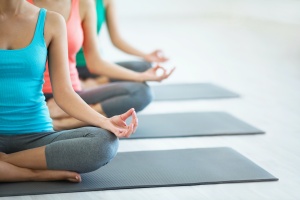 I’ve been there, too. When we have too much to pay attention to, it’s challenging to focus and establish better rhythms for ourselves. Sometimes too many unexpected changes happen all at once and it’s tough to scale back. But very often we can find some balance by managing our thoughts and changing our perspectives. The Yoga Sūtras offer practical teachings for
I’ve been there, too. When we have too much to pay attention to, it’s challenging to focus and establish better rhythms for ourselves. Sometimes too many unexpected changes happen all at once and it’s tough to scale back. But very often we can find some balance by managing our thoughts and changing our perspectives. The Yoga Sūtras offer practical teachings for 
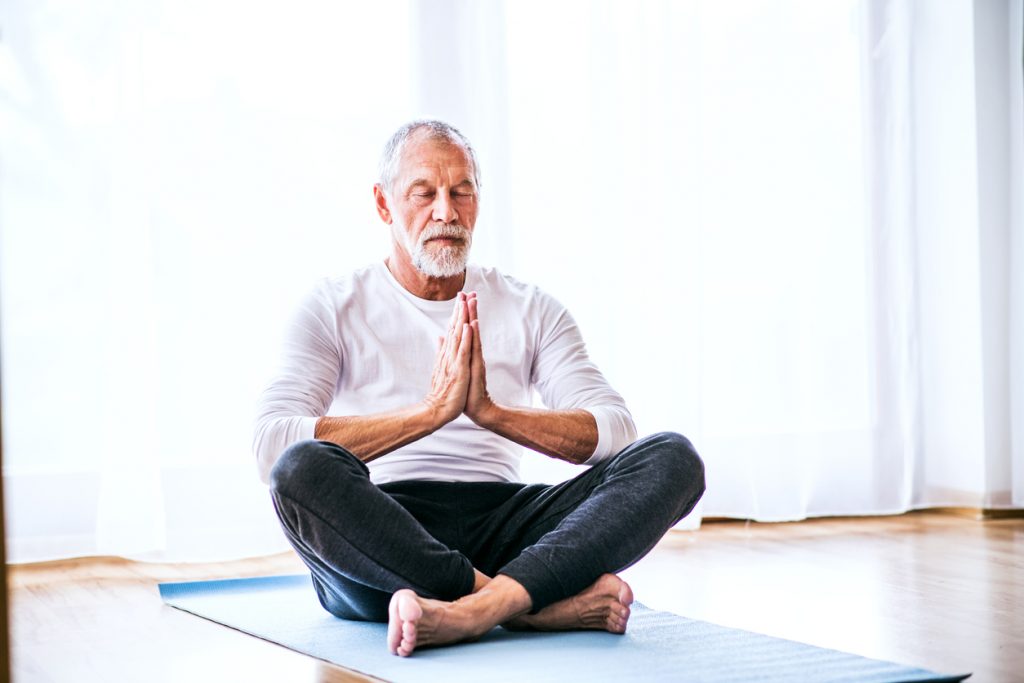
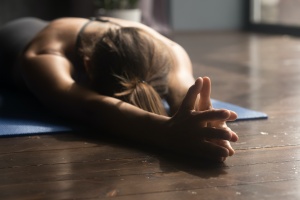 The Sanskrit word sraddha translates to faith or trust. But encased in this word is a deeper, more illuminating meaning. B.K.S. Iyengar describes sraddha as mental and intellectual firmness, which fosters an innate trust (1). Vyasa, an original commentator on the Yoga Sūtras, interprets sraddha as clarity of mind that sustains us as we move along with our yoga practice. When the mind is clear, truth reveals itself; With untainted vision, we can see the way forward and trust it (2).
The Sanskrit word sraddha translates to faith or trust. But encased in this word is a deeper, more illuminating meaning. B.K.S. Iyengar describes sraddha as mental and intellectual firmness, which fosters an innate trust (1). Vyasa, an original commentator on the Yoga Sūtras, interprets sraddha as clarity of mind that sustains us as we move along with our yoga practice. When the mind is clear, truth reveals itself; With untainted vision, we can see the way forward and trust it (2). As we work to transform ourselves and better the world around us, it’s normal and necessary to fall down from time to time, whether from the weight of doubt and despair, a wave of humility, or just exhaustion. But within spiritual work like yoga runs a river of grace. Each moment is an opportunity to examine ourselves, to course-correct, to try again, to make real change happen. If we give it the time faith will lead us somewhere special, towards authenticity, deeper empathy and compassion, so we truly become caretakers of each other. If we work to still our minds, truth will arise and reveal the next right steps.
As we work to transform ourselves and better the world around us, it’s normal and necessary to fall down from time to time, whether from the weight of doubt and despair, a wave of humility, or just exhaustion. But within spiritual work like yoga runs a river of grace. Each moment is an opportunity to examine ourselves, to course-correct, to try again, to make real change happen. If we give it the time faith will lead us somewhere special, towards authenticity, deeper empathy and compassion, so we truly become caretakers of each other. If we work to still our minds, truth will arise and reveal the next right steps.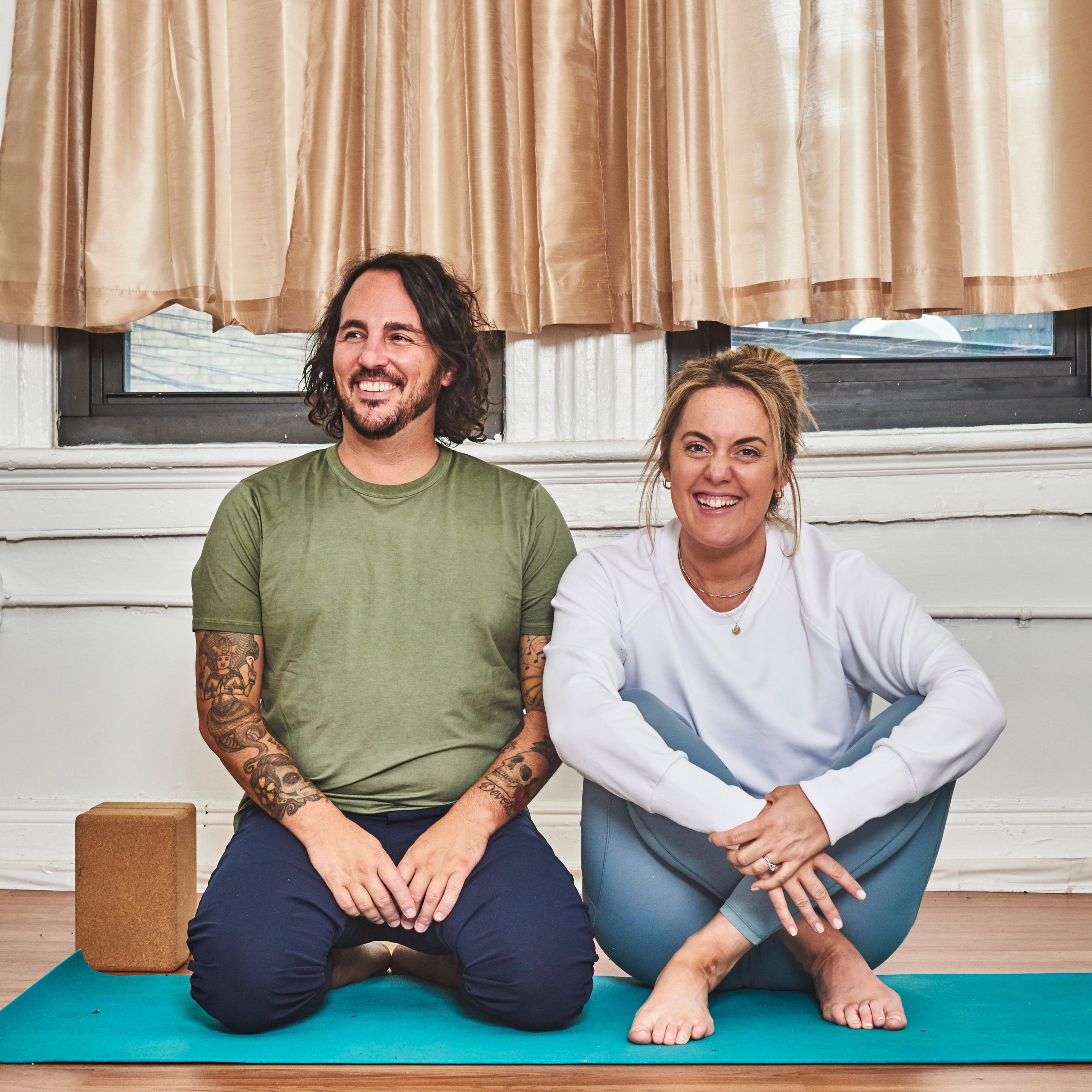
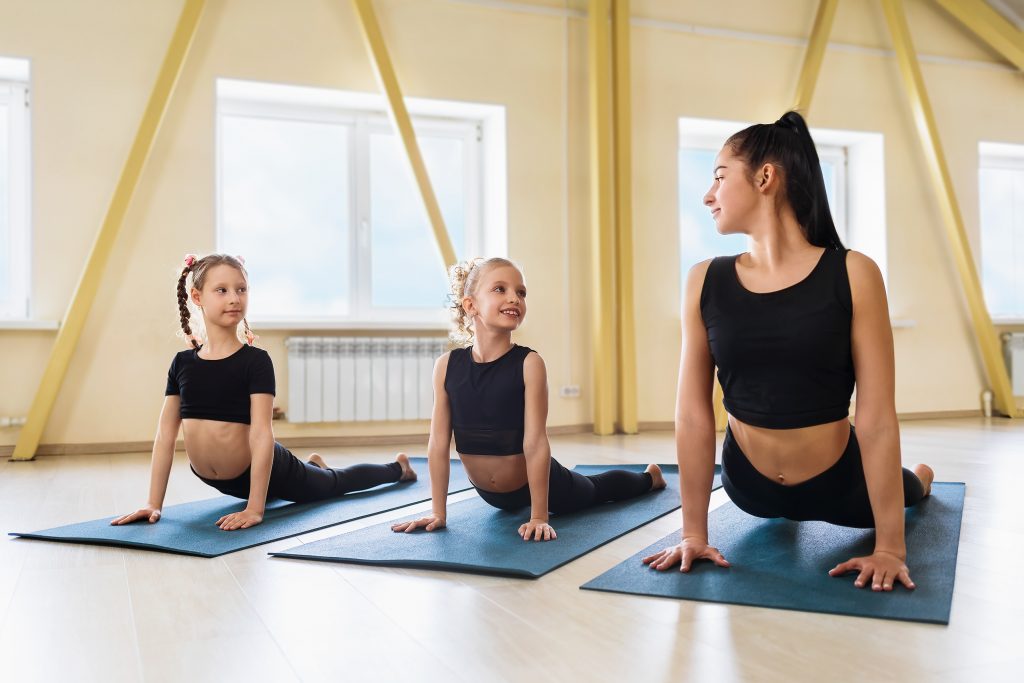
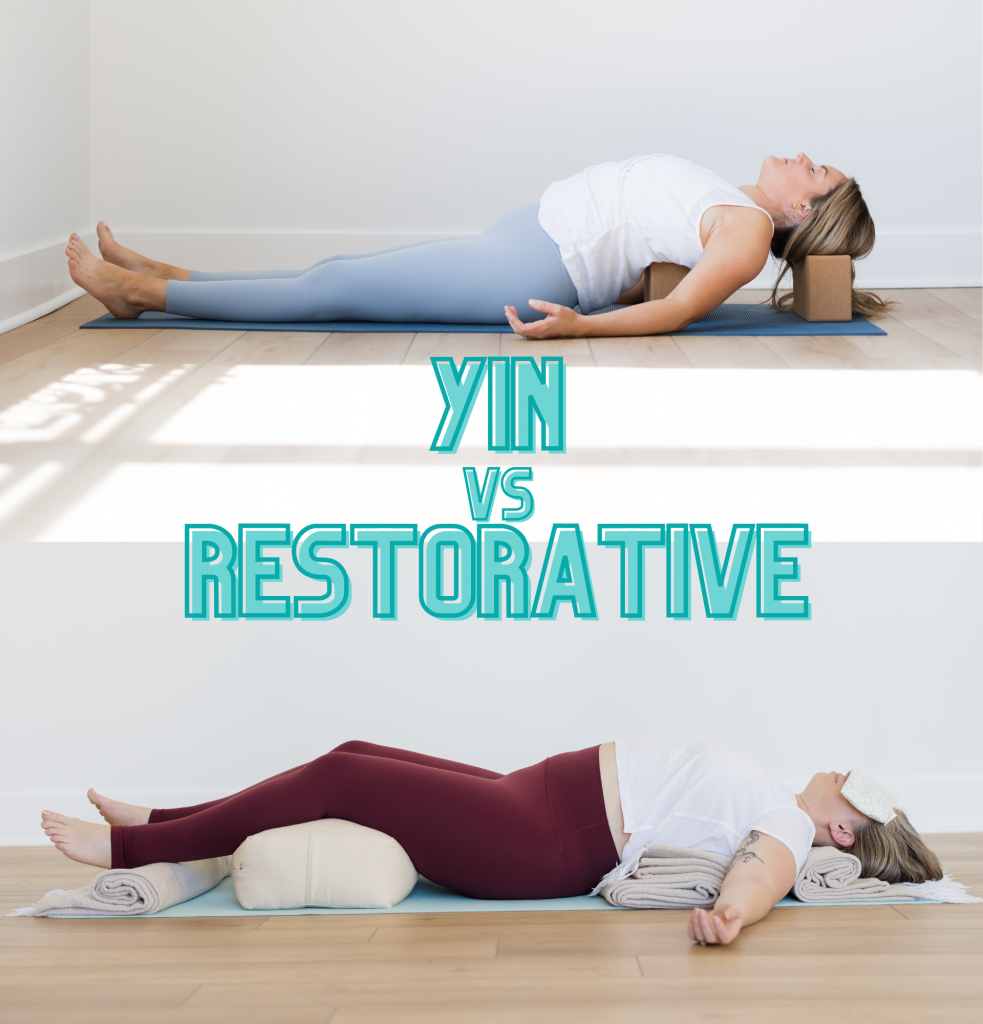
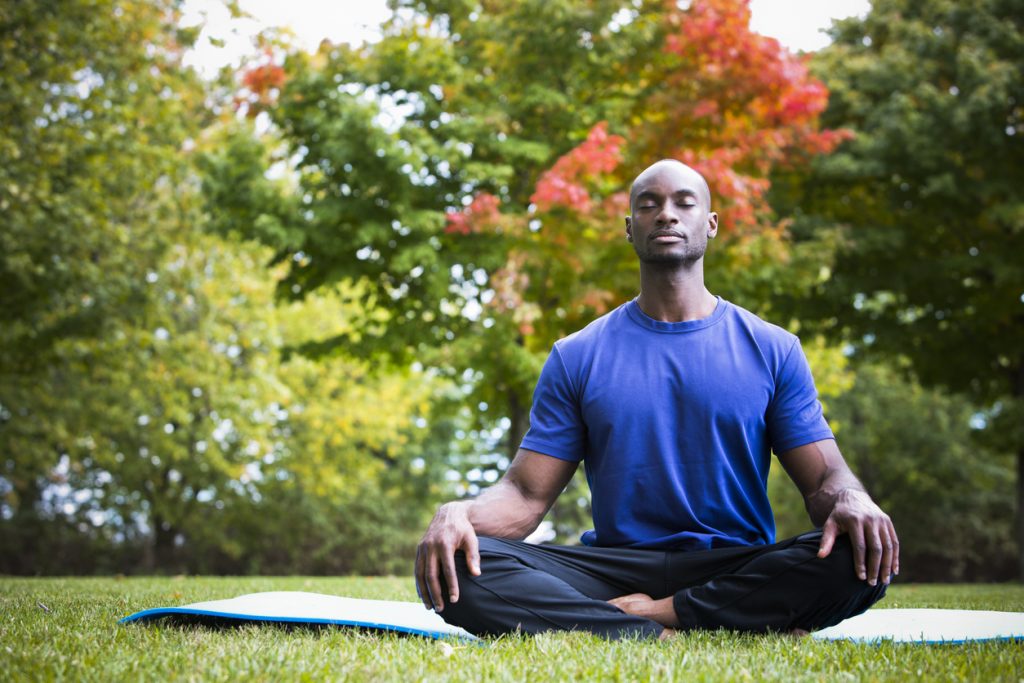


 Woman do yoga Downward Facing Dog pose inside of light cozy room through window seen green foliage trees summer landscape morning sun, adho mukha svanasana stronger hands strengthening back exercise[/caption]These postures are also foundational to a more comprehensive āsana practice and worth the extra attention. Practice them often to help counteract the toll sitting takes on your body. And remember to breathe deeply in each shape.
Woman do yoga Downward Facing Dog pose inside of light cozy room through window seen green foliage trees summer landscape morning sun, adho mukha svanasana stronger hands strengthening back exercise[/caption]These postures are also foundational to a more comprehensive āsana practice and worth the extra attention. Practice them often to help counteract the toll sitting takes on your body. And remember to breathe deeply in each shape. This wide-legged, deep squat stretches the lower back and strengthens the legs. This āsana also opens the hips and exercises the muscles of the ankles and feet. It’s all together a very helpful pose for soothing tension in the lower back and improving posture, which can get thrown off from long hours of desk work.
This wide-legged, deep squat stretches the lower back and strengthens the legs. This āsana also opens the hips and exercises the muscles of the ankles and feet. It’s all together a very helpful pose for soothing tension in the lower back and improving posture, which can get thrown off from long hours of desk work.


